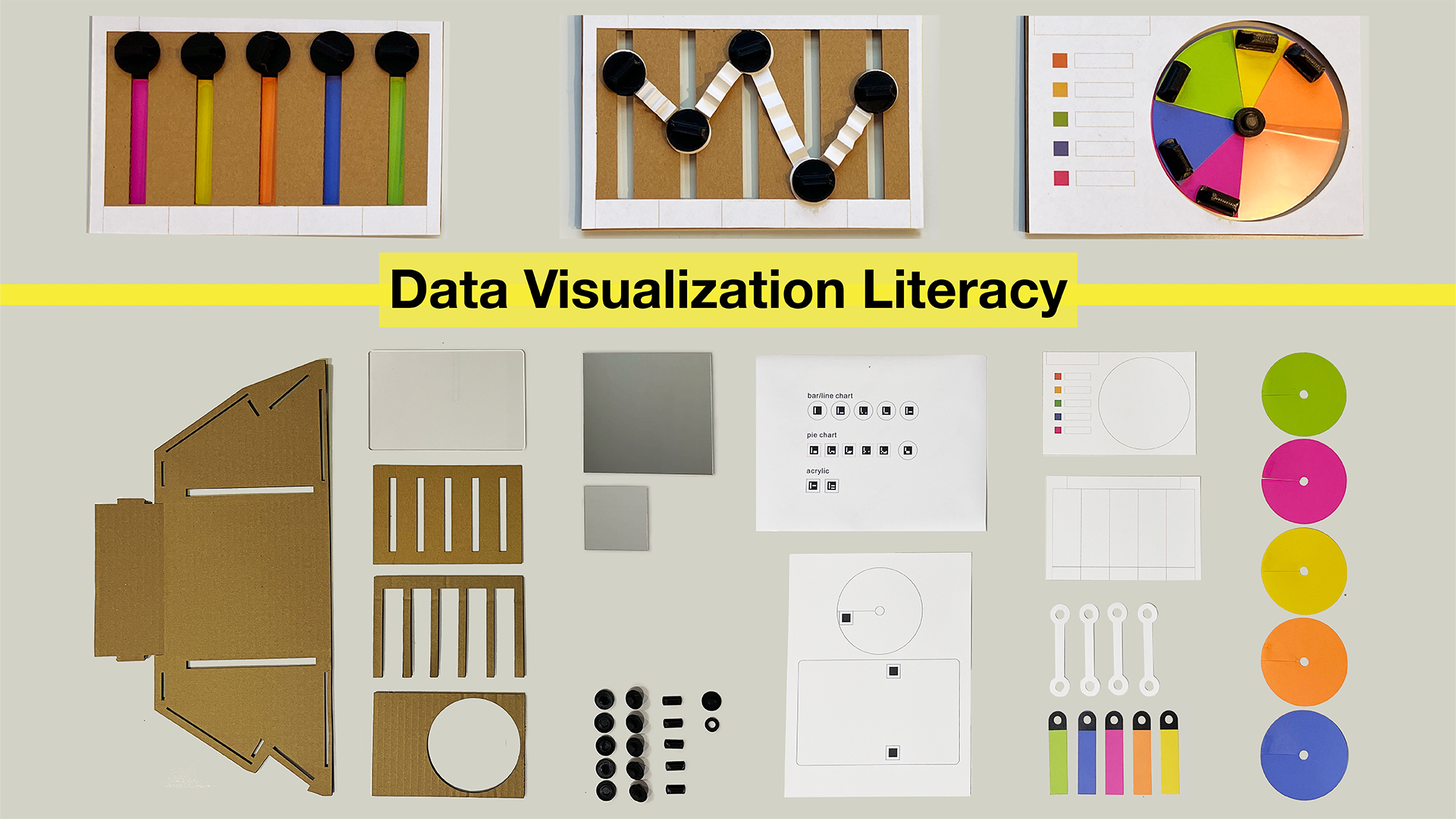Cultivating Visualization Literacy for Children through Curiosity and Play
S. Sandra Bae, Rishi Vanukuru, Ruhan Yang, Peter Gyory, Ran Zhou, Ellen Yi-Luen Do, Danielle Albers Szafir
View presentation:2022-10-19T16:21:00ZGMT-0600Change your timezone on the schedule page
2022-10-19T16:21:00Z

Prerecorded Talk
The live footage of the talk, including the Q&A, can be viewed on the session page, Visualization Opportunities.
Fast forward
Abstract
Fostering data visualization literacy (DVL) as part of childhood education could lead to a more data literate society. However, most work in DVL for children relies on a more formal educational context (i.e., a teacher-led approach) that limits children's engagement with data to classroom-based environments and, consequently, children's ability to ask questions about and explore data on topics they find personally meaningful. We explore how a curiosity-driven, child-led approach can provide more agency to children when they are authoring data visualizations. This paper explores how informal learning with crafting physicalizations through play and curiosity may foster increased literacy and engagement with data. Employing a constructionist approach, we designed a do-it-yourself toolkit made out of everyday materials (e.g., paper, cardboard, mirrors) that enables children to create, customize, and personalize three different interactive visualizations (bar, line, pie). We used the toolkit as a design probe in a series of in-person workshops with 5 children (6 to 11-year-olds) and interviews with 5 educators. Our observations reveal that the toolkit helped children creatively engage and interact with visualizations. Children with prior knowledge of data visualization reported the toolkit serving as more of an authoring tool that they envision using in their daily lives, while children with little to no experience found the toolkit as an engaging introduction to data visualization. Our study demonstrates the potential of using the constructionist approach to cultivate children's DVL through curiosity and play.